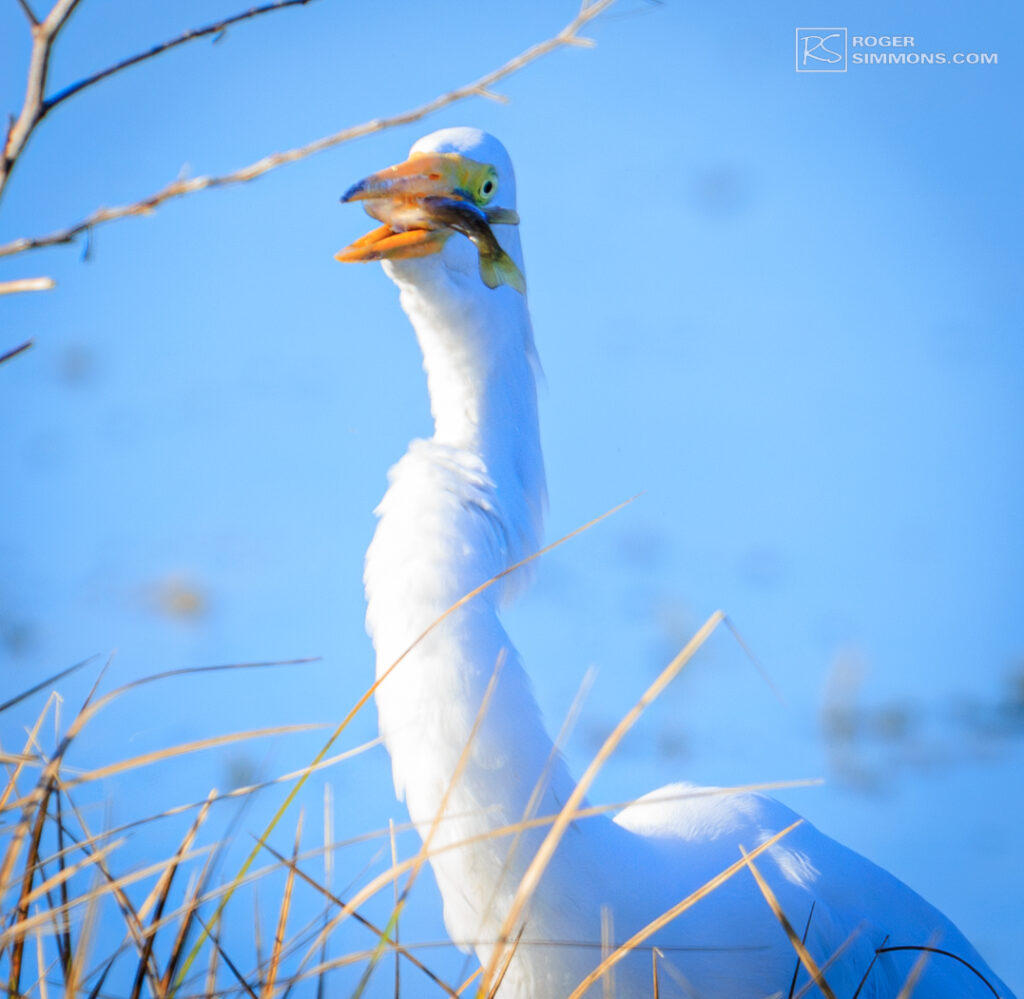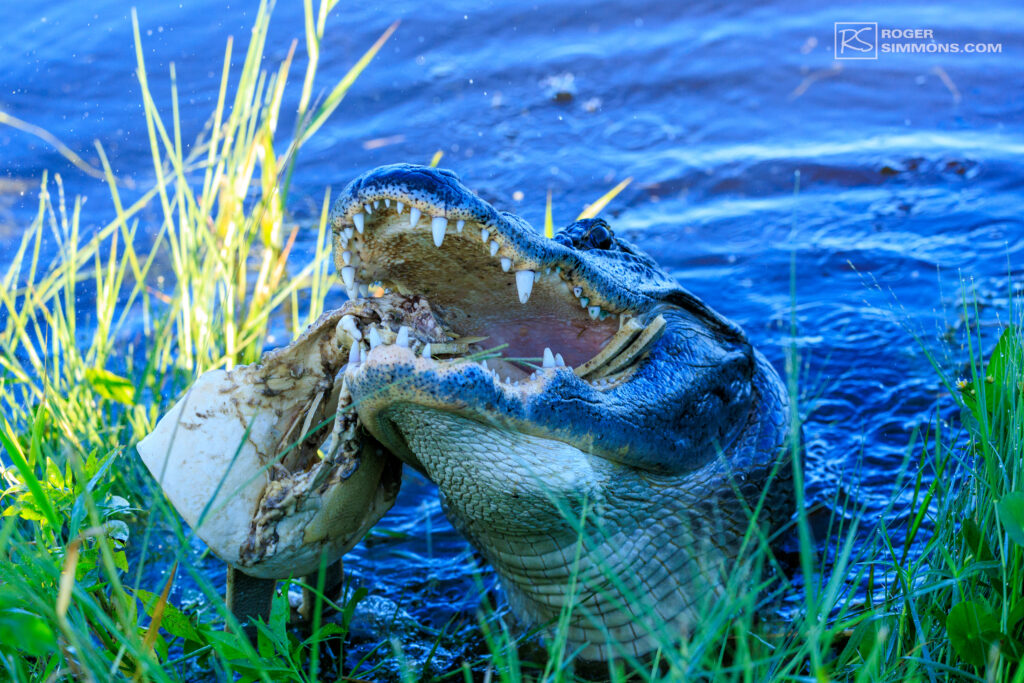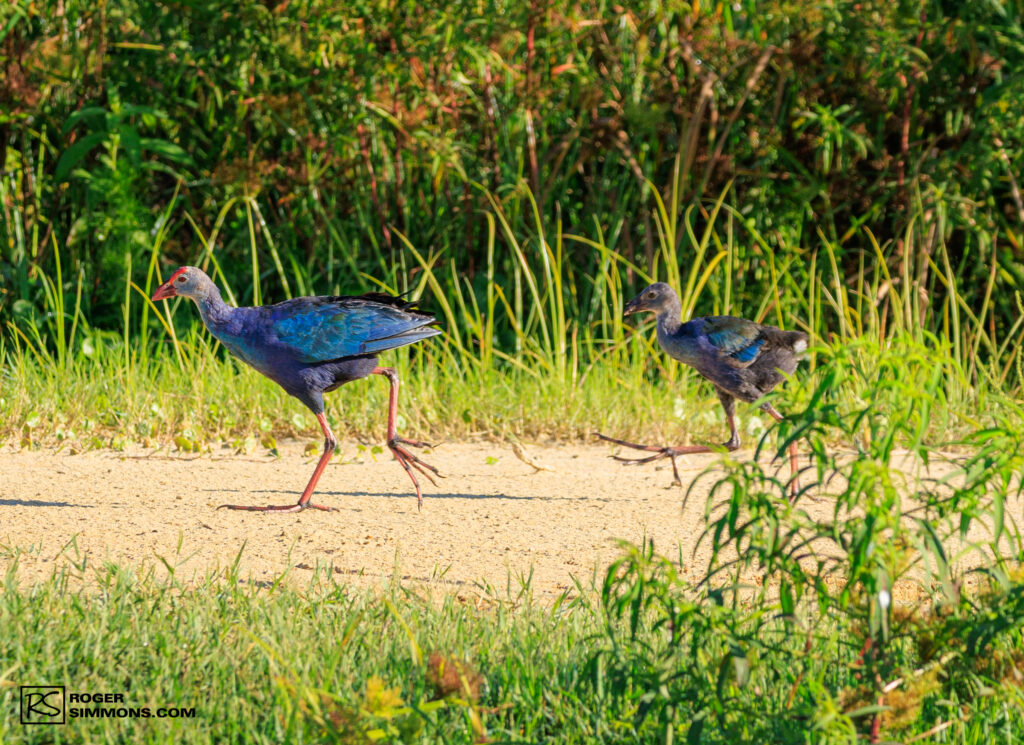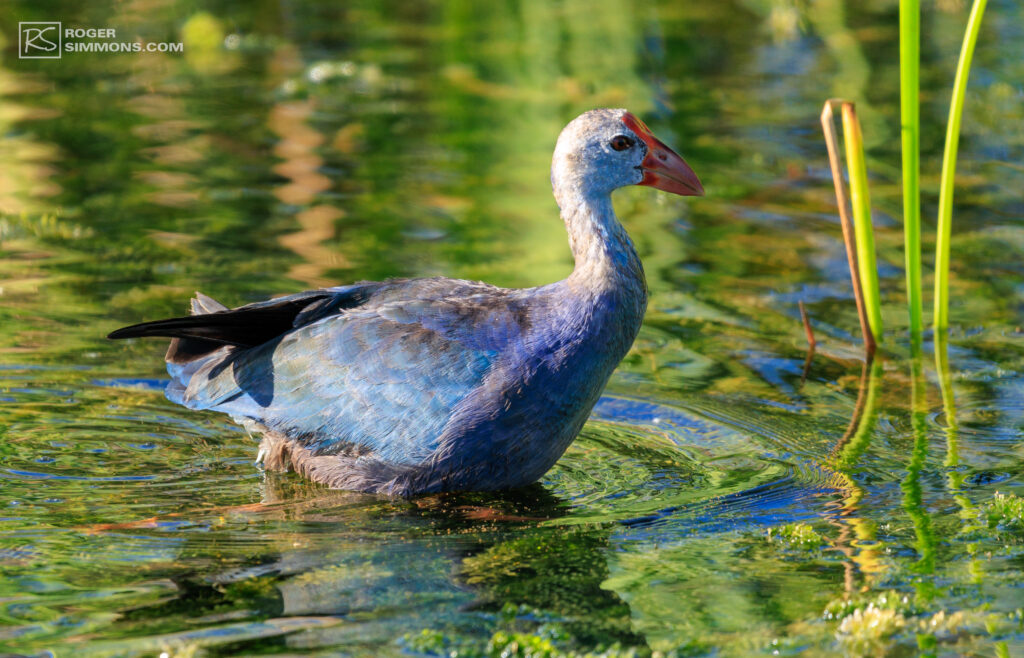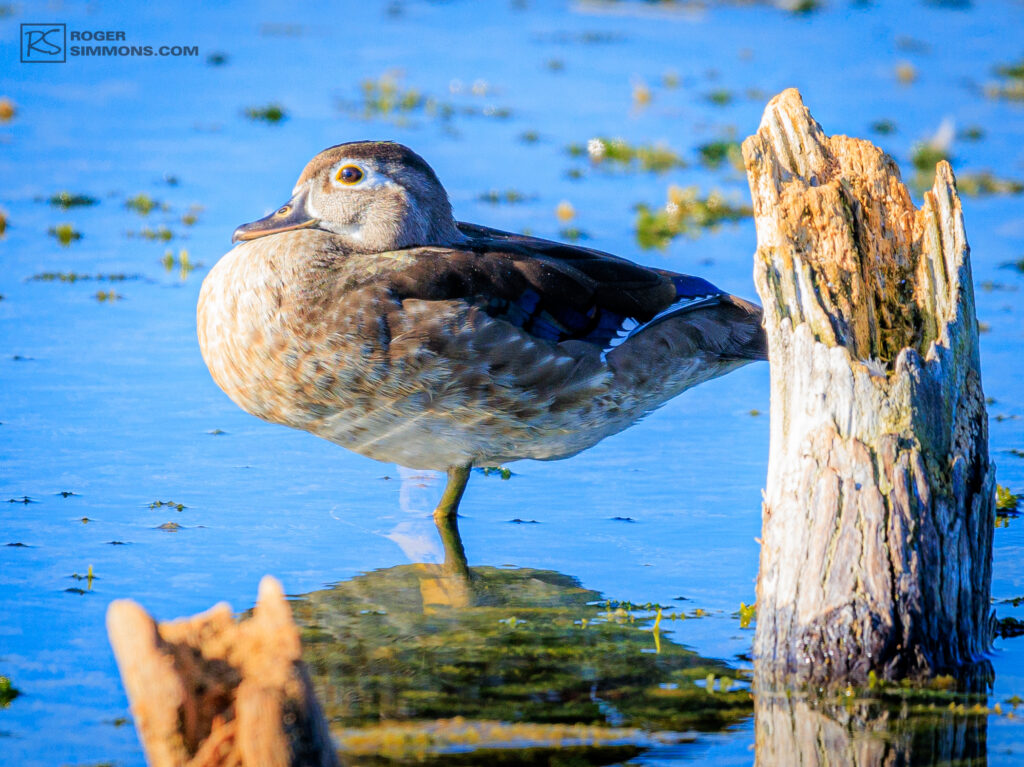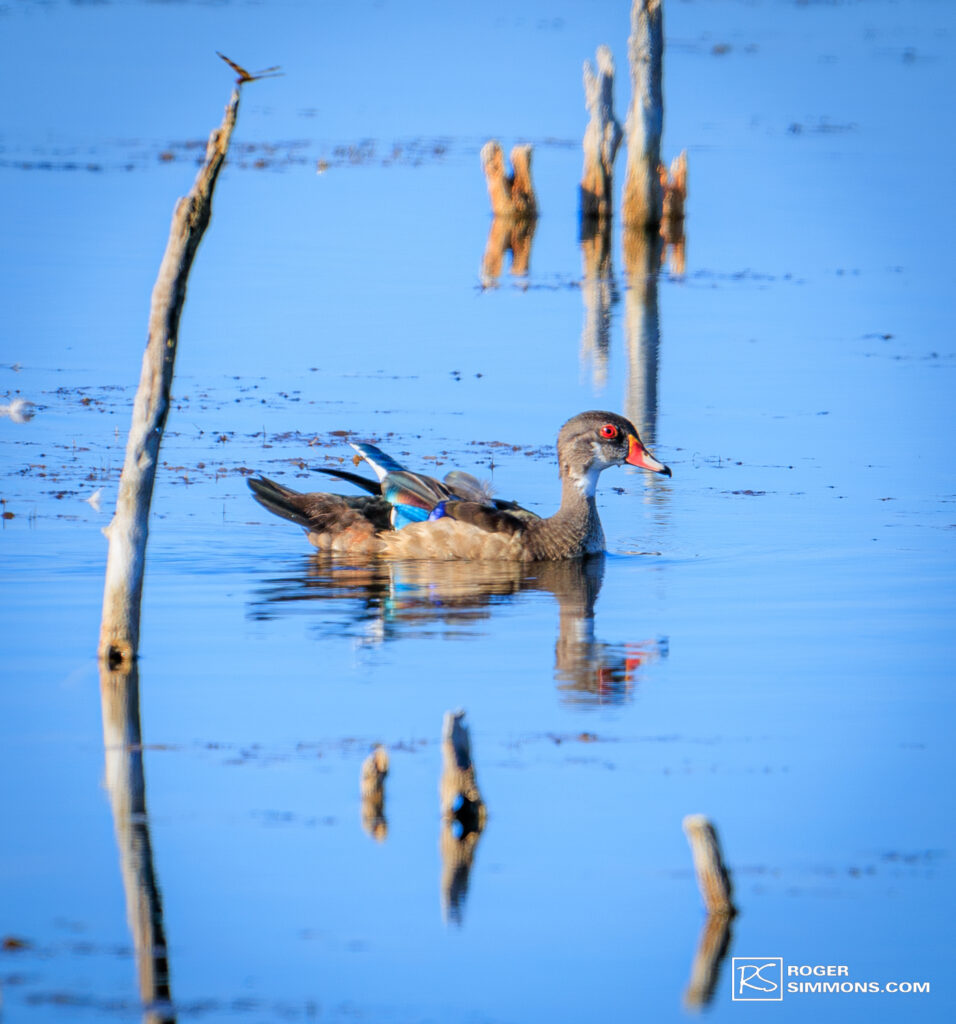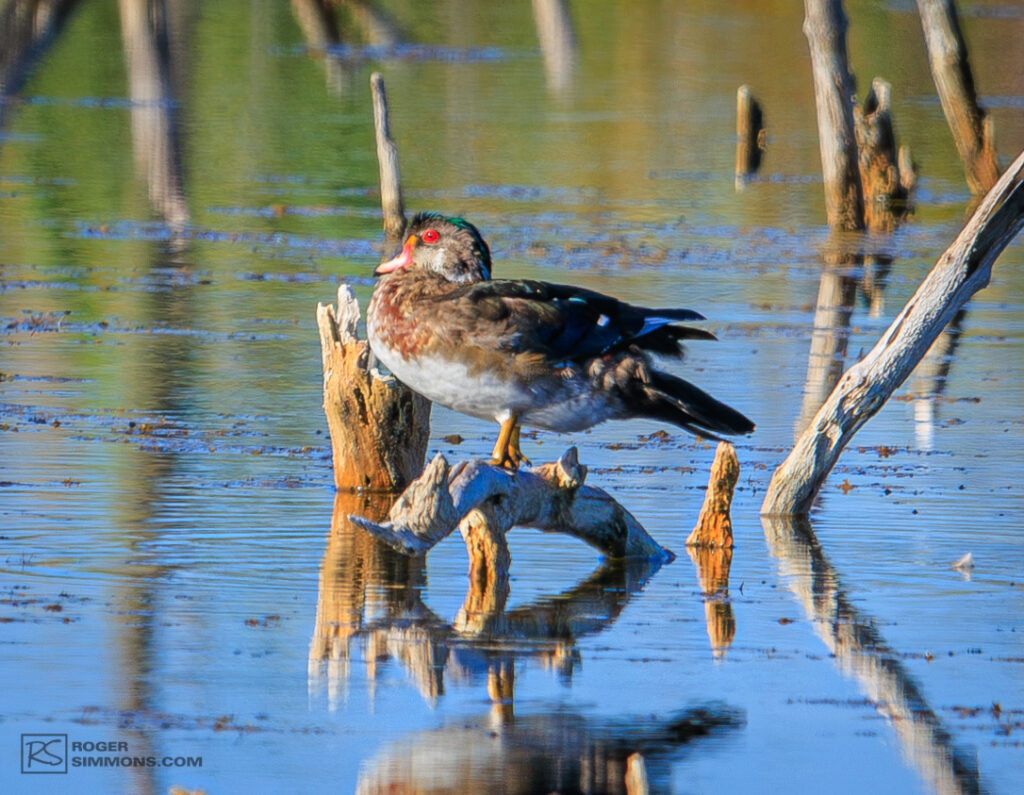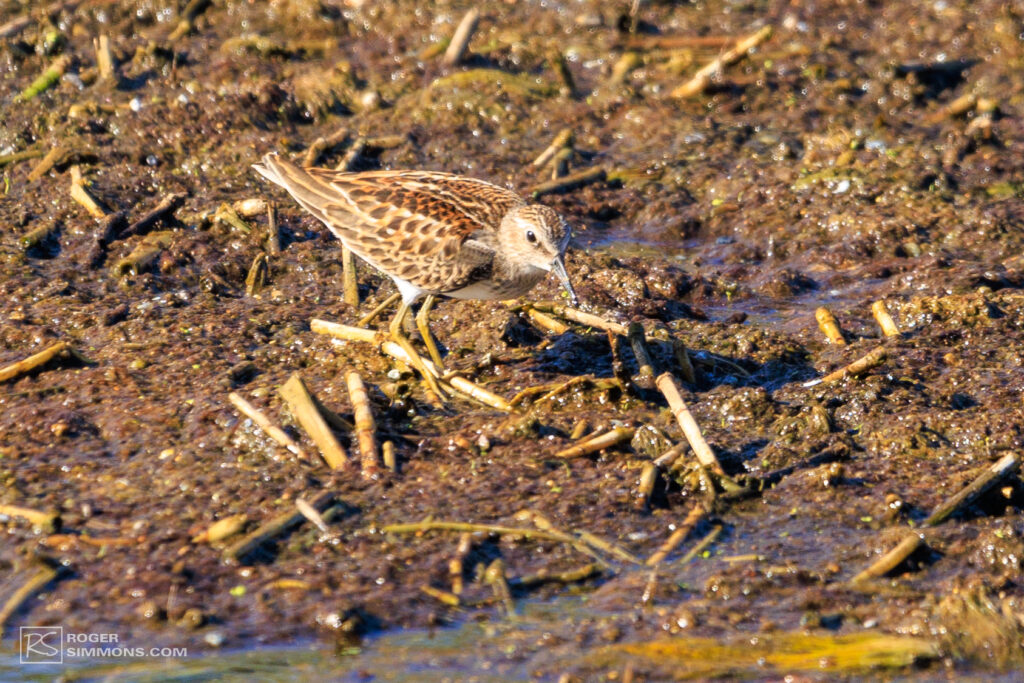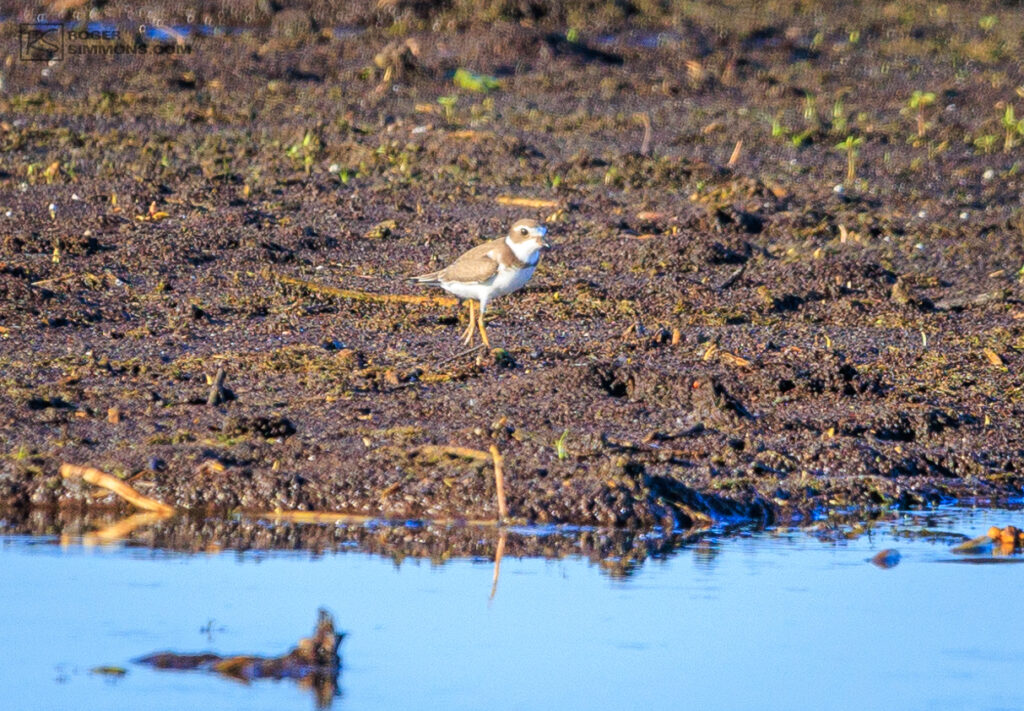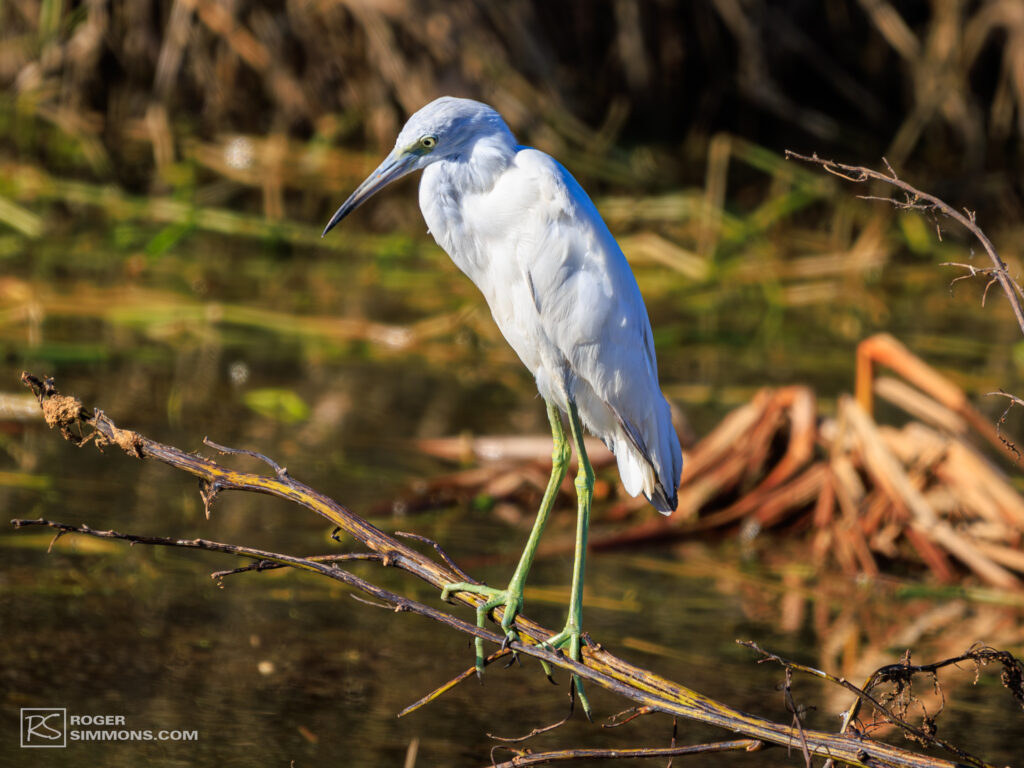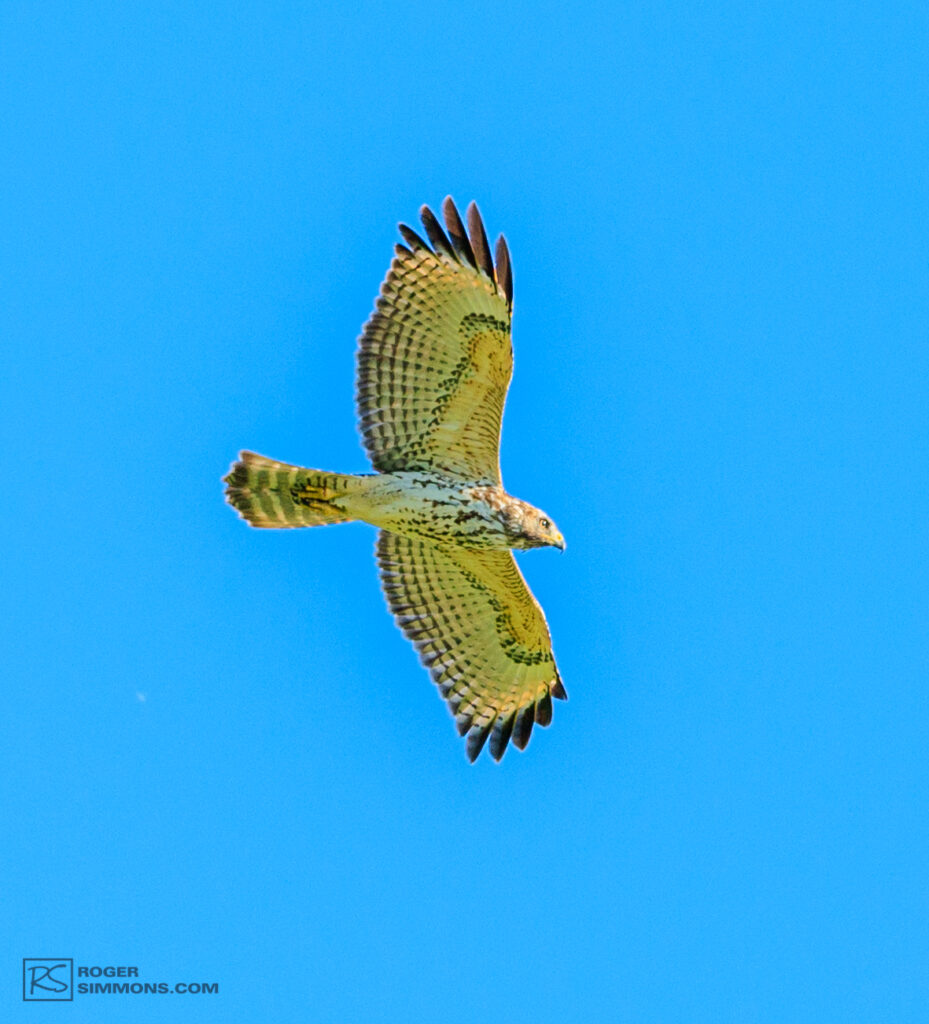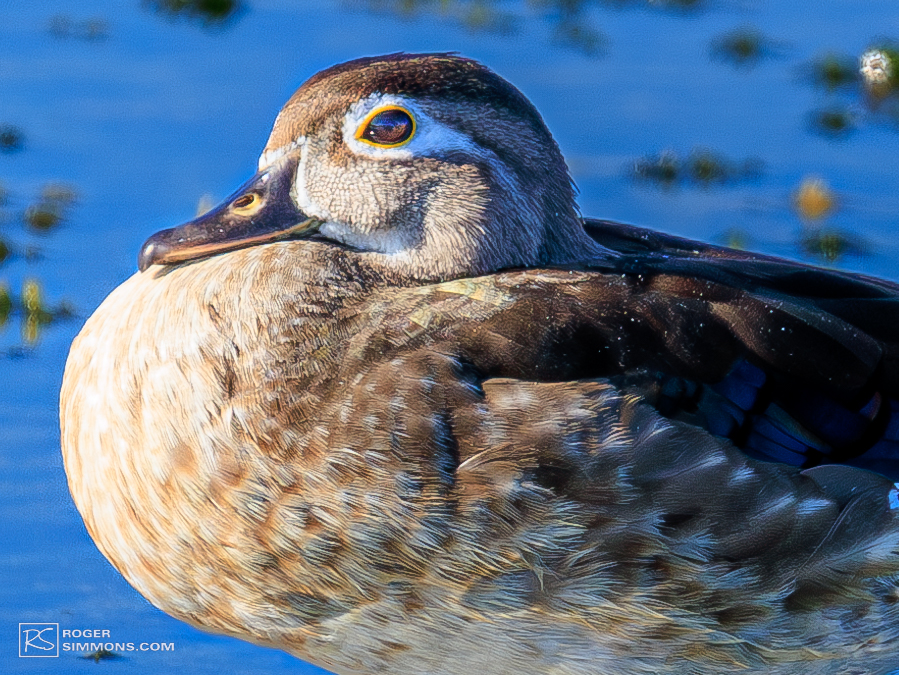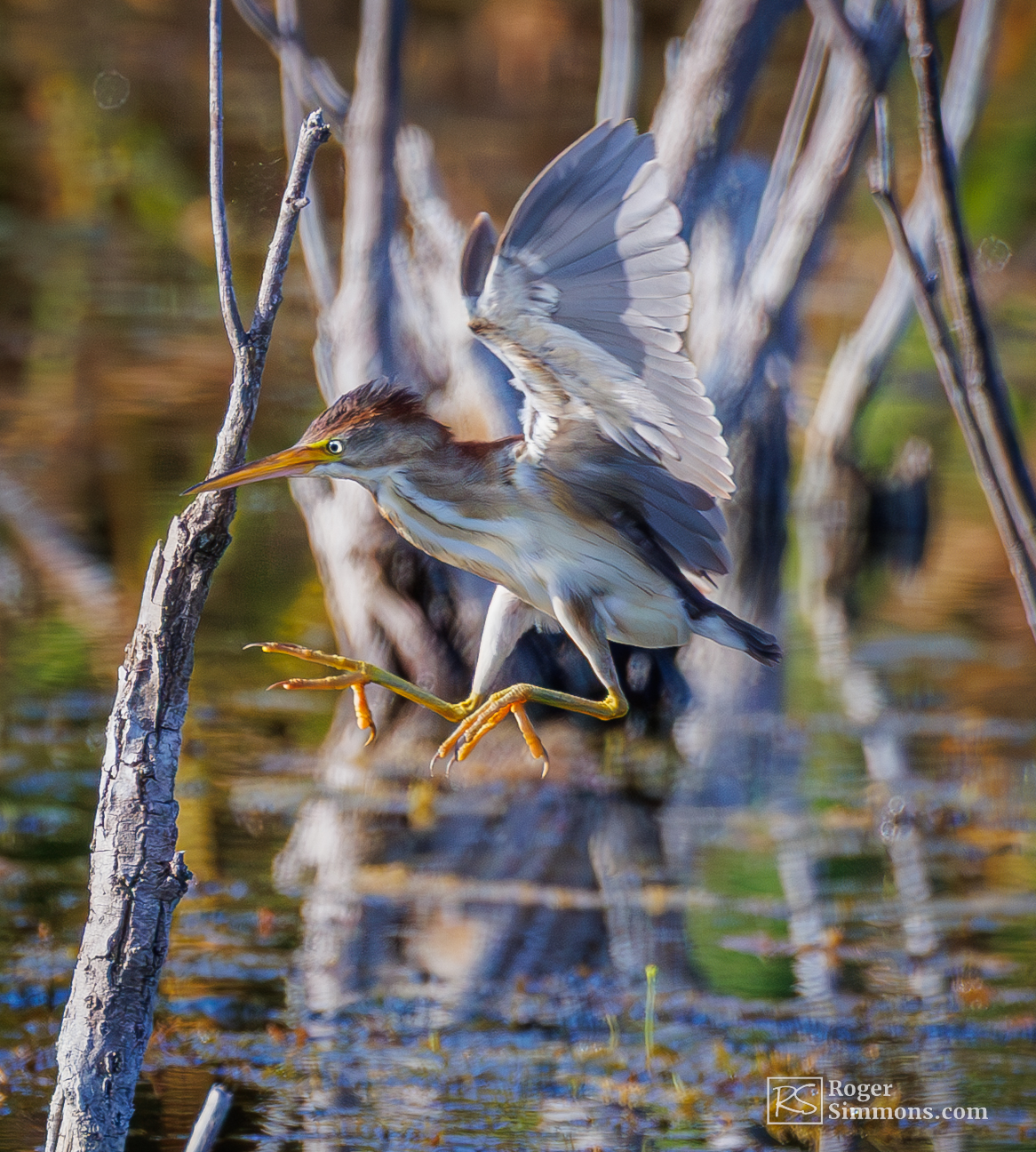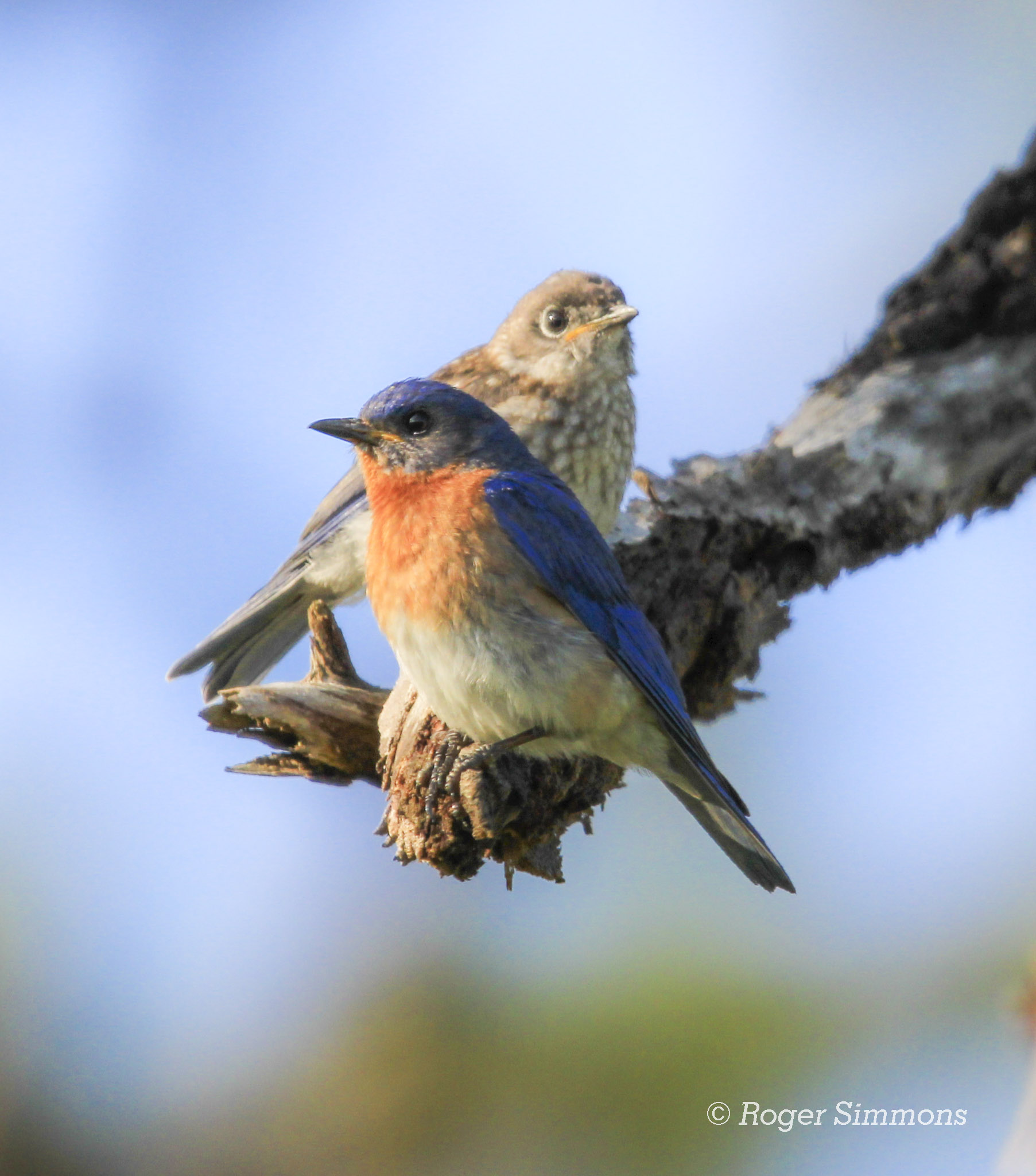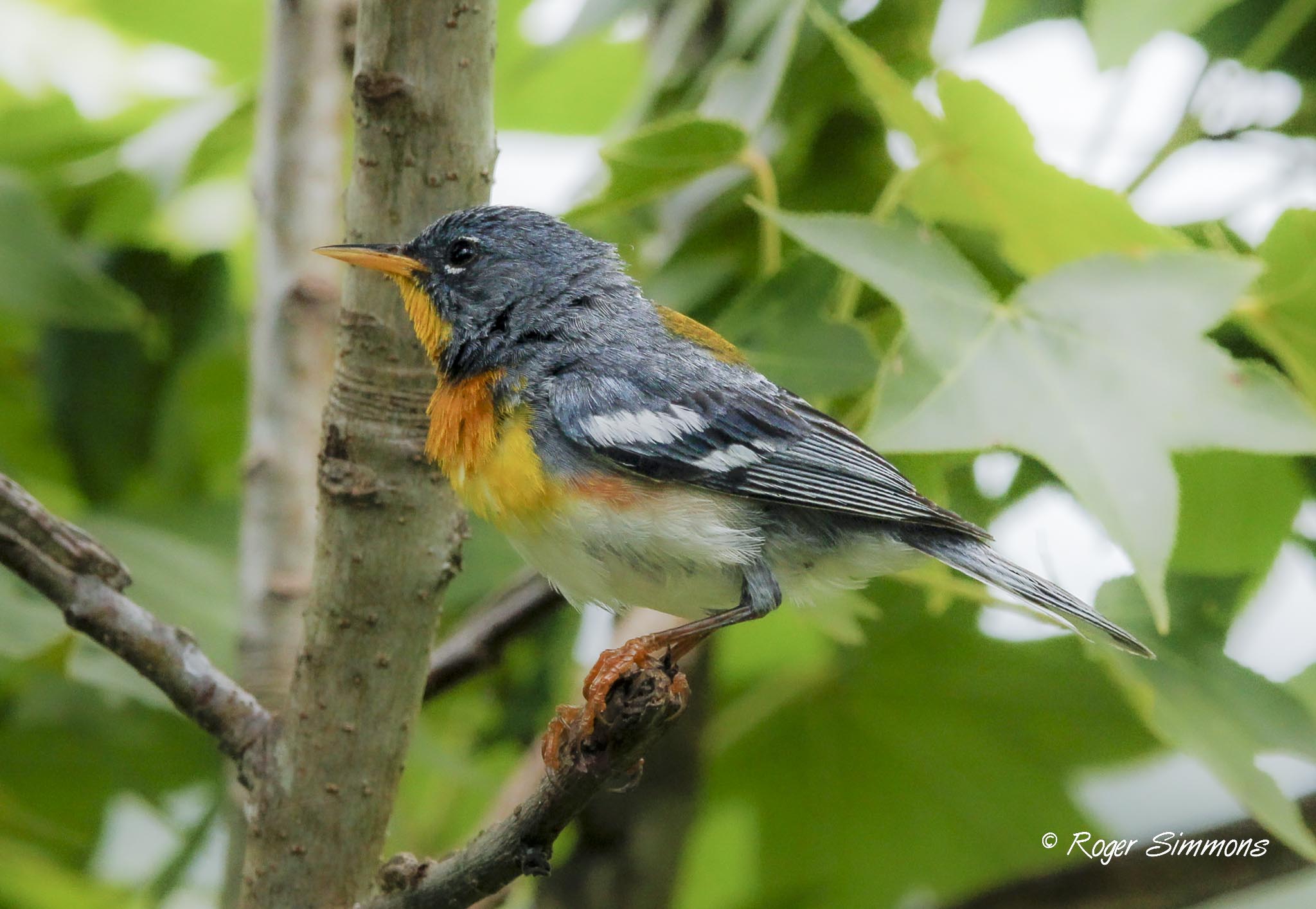I’ve gone birding at Lake Apopka at least a half a dozen times already this year. The variety of birds and other wildlife that you can see is pretty amazing. But it’s even more amazing when you consider Lake Apopka’s sorry state just a few years ago.
Lake Apopka was one of Central Florida’s most popular attractions in the late 1800s and early 1900s, luring fishermen from across the nation to its 31,000 acres of lunker-loaded water.
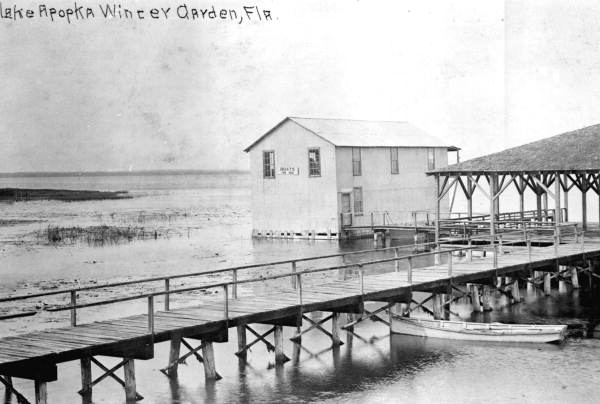
But decisions to drain the lake’s marshes and turn them into farmland threw the lake’s ecosystem into a death spiral. Subsequent algae blooms caused by pollution runoff from lakeside farms devastated Lake Apopka, its wildlife and its fishery. Some declared the lake a lost cause.
“There’s no doubt about the death of Lake Apopka. Fishermen declared it dead more than a decade ago – and they did not exaggerate,” the Orlando Sentinel proclaimed in a 1969 story on Lake Apopka. “Its death has since been confirmed by everyone from governors to ecologists.”
After numerous failed attempts to revive Lake Apopka, Florida Gov. Lawton Chiles signed the Lake Apopka Restoration Act in 1996. It set aside state money to buy lake-polluting farms and restore them to marshes in an attempt to get Lake Apopka on the path to recovery. (Side note: The Orlando Sentinel urged Chiles to veto the Lake Apopka measure at the time. Go figure.)
Since then, the Friends of Lake Apopka and the St. Johns River Water Management District have been working to clean up Lake Apopka. Though there is still a long way to go, the progress is impressive. And its not just us locals who have noticed.
Earlier this year, Lake Apopka was designated a United Nations Environment Programme Restoration Road Trip destination, encouraging visitors to witness firsthand the progress being made.
If you haven’t done so already, I encourage you to take a trip on the Lake Apopka Wildlife Drive to see it for yourself. Here are some photos from my most recent trip there.
